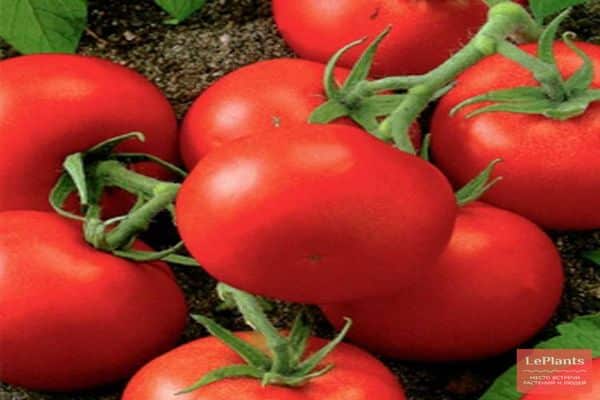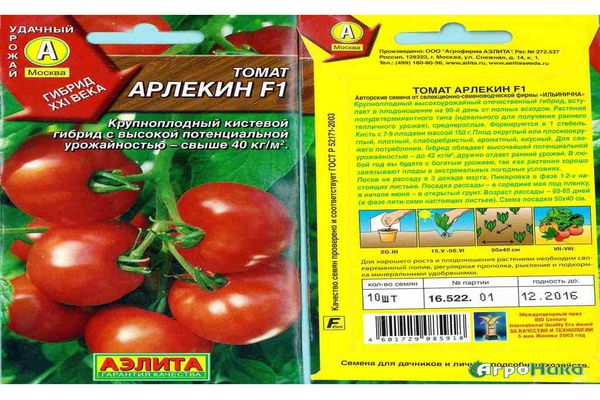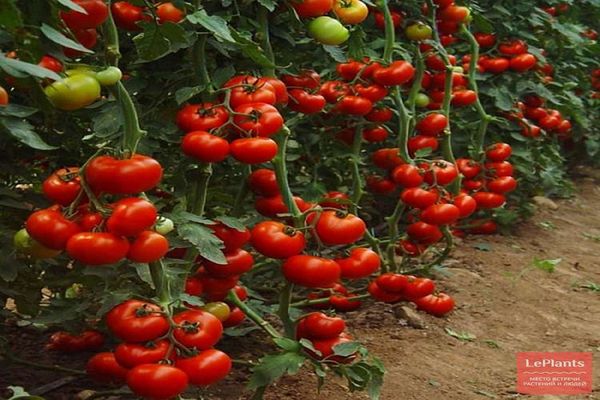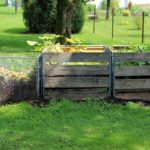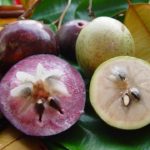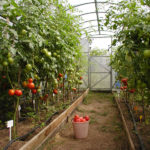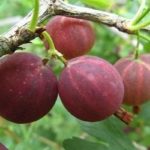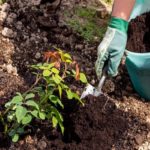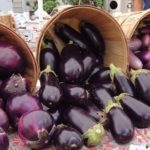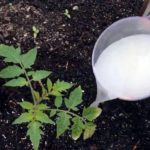Even under unfavorable climate conditions, you can grow tomatoes and reap a good harvest if you plant them in greenhouse conditions. The Harlequin F1 tomato was created by Russian breeders in the 21st century specifically for growing in a greenhouse. This is an early ripening variety.
Description of the variety
The tomato hybrid Harlequin F1 was included in the State Register as a vegetable suitable for planting in private plots and small farms, intended for cultivation in the spring and summer using film covers. Tolerates well in the climatic conditions of Ukraine, Moldova and some regions of Russia.
You can expect ripe tomatoes of this variety after 3 months after germination of the plant. But his description, entered in the State Register, notes that this figure is 112 days. The State Register records information that this is a determinate variety, but in practice it can be argued that it is semi-determinate. Average height of bushes and foliage of stems. The leaves are small in size and dark green in color.
Usually the hybrid forms 1 – 2 stems. The height of the bushes can reach 120–150 cm. The first inflorescence is formed above the 7–8 leaves, and the next ones after 1–2 leaves. One brush can hold up to 9 fruits at the same time. Tomatoes are round, but some have a slightly flattened top and bottom shape. There is noticeable ribbing on the upper part of the stalk. The pulp is quite dense. Unripe fruits are light green in color, but as they ripen they turn red. The weight of one tomato can reach 150 - 155 g. Tomatoes of this variety have excellent taste and aroma.
During the season, you can harvest 10.7 kg of tomatoes per square meter of beds. But when intensive agricultural practices are used, the figure can be up to 42 kg per 1 sq. m. It is characterized as a plant resistant to tobacco mosaic, cladosporiosis and fusarium.
The method of use is universal. The fruits are suitable for salads, canning, and processing for making sauces, ketchups and juice.
The main advantages of the variety
According to reviews, the Harlequin F1 tomato is characterized by early ripening and smooth ripening of fruits. What is attractive is its large fruit and ability to form ovaries even under conditions that are not the most favorable for this.
Growing seedlings
Sowing seeds for the seedling method of cultivation begins in the second half of March.After 1–2 leaves appear on the seedlings, picking is carried out. The seedlings are removed from the common container and transplanted into separate pots (preferably peat).
Bedding
Planting of finished seedlings under film covers is carried out in mid-May. When planting in open beds, it is advisable to do this in early June. It should be noted that by that time the seedlings should have 5–7 true leaves (approximately 60–65 days from sowing the seeds).
The most successful planting of seedlings of this variety in the ground is 50x40 cm. Per 1 sq. m you can plant up to 9 plants. Planting is also carried out in shelters under arcs or in stationary greenhouses. It is recommended to plant in open ground only in the southern regions in early spring.
The beds for planting the Harlequin tomato variety are chosen so that they are well lit, and the predecessors are zucchini, dill, carrots, cucumbers, cauliflower or parsley.
Reviews
Maria, Taganrog: “I have been growing the Harlequin F1 hybrid on my plot for several years in a row. I advise you to plant it under film arches. Best used in a greenhouse indeterminate varieties of tomatoesto make more efficient use of room space.”

